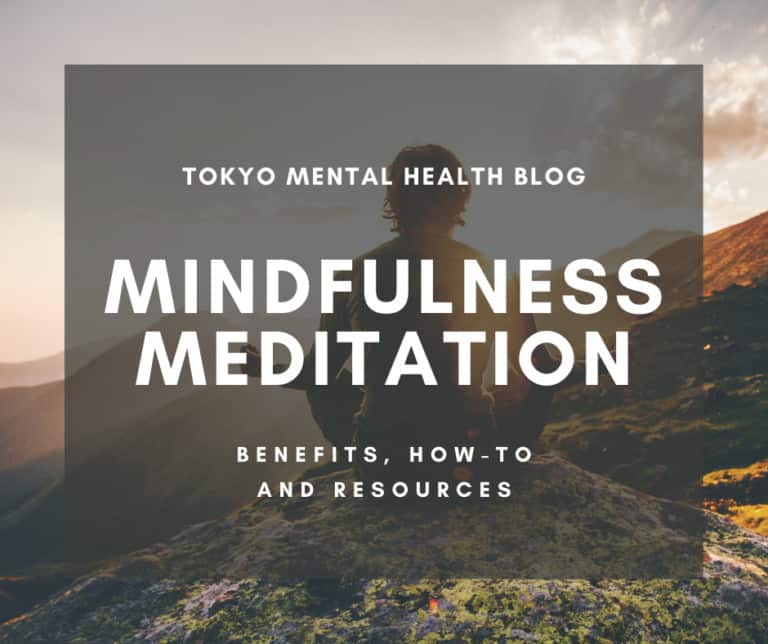- 2021/09/28
- Self Help & Tips

With the stressors of today’s world, it is sometimes difficult to find the time to stay in touch with
the thoughts, emotions, and sensations of your mind and body. Backed by research and widely incorporated into mental health practices and techniques, mindfulness meditation can be an effective tool to help you understand, accept, and regulate your emotions in response to stress.
What is Mindfulness Meditation?
Mindfulness is the practice of being aware of the thoughts, feelings, and sensations in your body without judgement. Whether the thought you experience is positive or negative, mindfulness rests on the ability to both observe and accept what you experience. Once cultivated, this can be done not only during meditation, but while walking the dog, talking to a loved one, or sitting at your desk at work.
Meditation is a practice that can help you cultivate mindfulness by training you to focus on specific things while you meditate, including your breath, the sensations in your body, and more. A wide variety of meditation practices, traditions, and techniques exist- what is mentioned in this article is only one of them.
Research has found that mindfulness meditation has a myriad of health benefits, including:
- Reduction depression, stress, and anxiety.
- Reduction in pain and fatigue
- Aiding in recovery from trauma
- Lowering blood pressure
Getting Started with Mindfulness Meditation
Step 1
Set aside a time of day that you can devote to your mindfulness practice. Find a quiet place where you can concentrate and minimize distractions.
Step 2
Find a comfortable position. Whether you sit on the ground or in a chair, lie down, or in a different position, find something that feels stable and comfortable.
Step 3
Soften your gaze or close your eyes. If you keep your eyes open, let whatever is in your field of vision just exist without feeling the need to concentrate on it.
Step 4
Begin to notice your breath. Feel the air moving in through your nose and mouth, down through your chest, and back up again when you exhale. Notice the pause in between in your inhales and exhales. Repeat.
Step 5
Notice your wandering mind, and gently redirect it back towards your breath. Inevitably, your mind may wander and thoughts of worry, stress, and distraction may emerge. When this happens, let the thought surface, say its piece, and depart. Treat it as if you were watching a film reel – let each thought, feeling, or sensation have its screen time, watch it without fixating on it, and then let it fade offscreen. When it does, bring your focus back to the sensation of your breath.
Step 6
Continue for as long as you feel comfortable or for the duration of the time you’ve set aside. When you’ve finished, gently reopen your eyes or refocus your gaze. Notice the sounds, textures, and colors of things around you. Check in with your mind and body, and take note of how you feel.
Mindfulness and Meditation Resources
Because mindfulness meditation requires little equipment other than your body and mind, you can practice it anywhere. While some people may prefer to practice on their own, others enjoy practicing in the company of others. Here are some resources to help you get started:
- Check out one of several Meetup groups devoted to mindfulness and meditation in Tokyo and across Japan
- Read about attending meditation retreats or meditation sessions held in Tokyo
- Download a free mindfulness meditation app
- Watch one of Calm’s daily guided mindfulness meditation videos
Read more about the psychological benefits of mindfulness practice
Tokyo Mental Health is Here to Help
Mindfulness meditation is one important tool that can help you build awareness and acceptance of internal thought patterns and processes. Whether you’d like help incorporating mindfulness-based techniques and practices into your life or need to address other pressing issues, we are here to help. Please don’t hesitate to reach out to us to schedule an appointment with one of our psychologists or counselors in Tokyo, Okinawa, or online.
